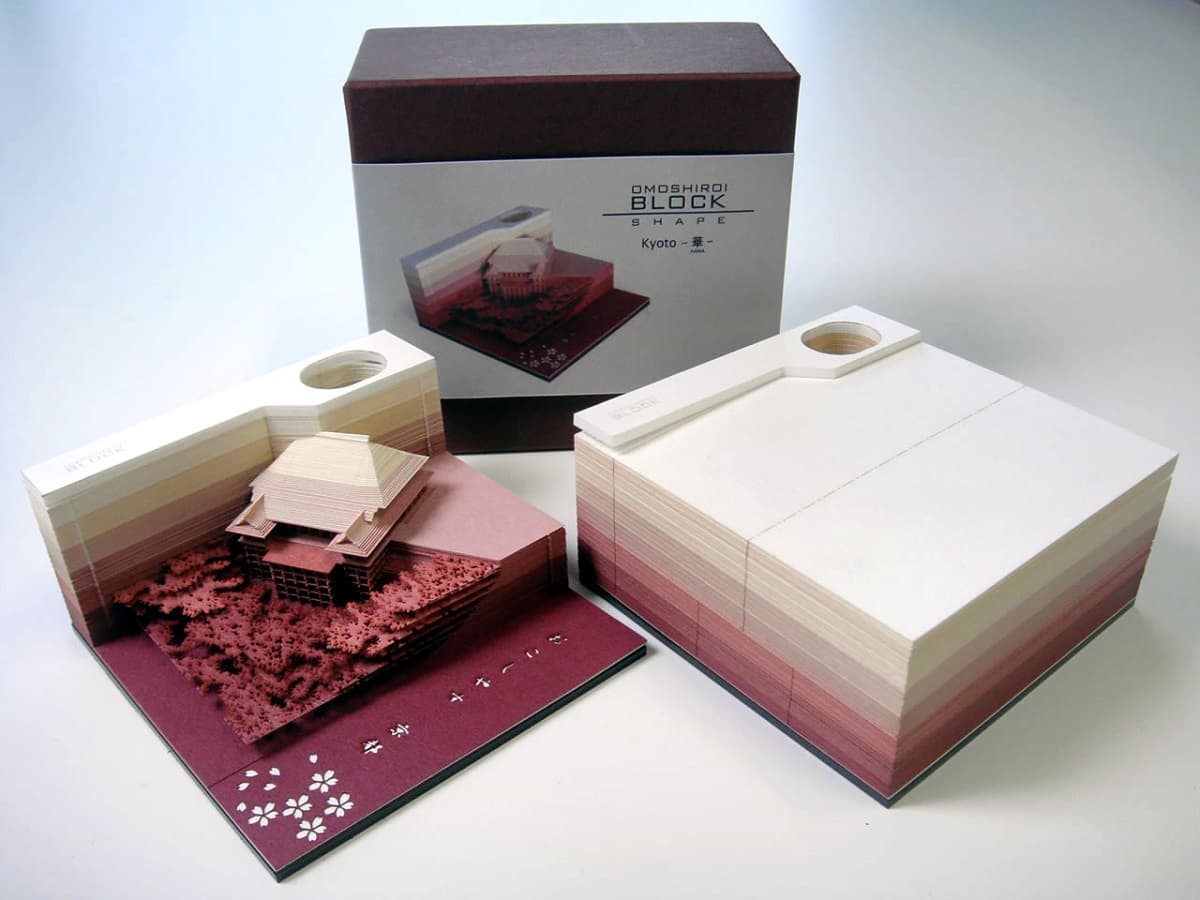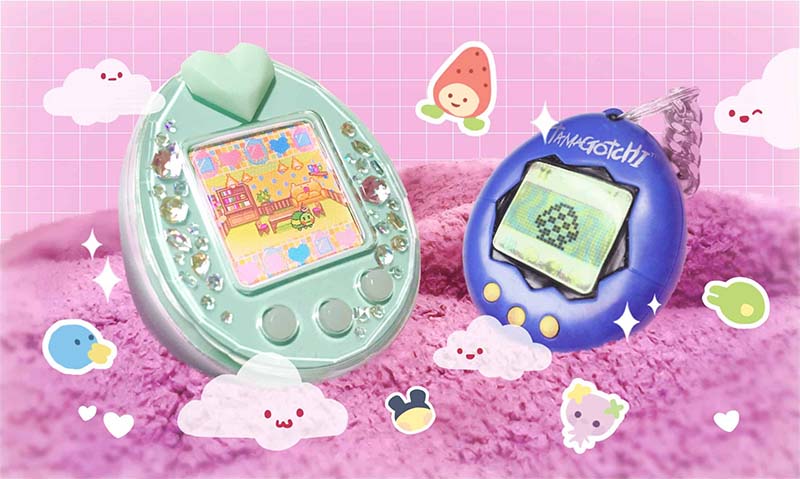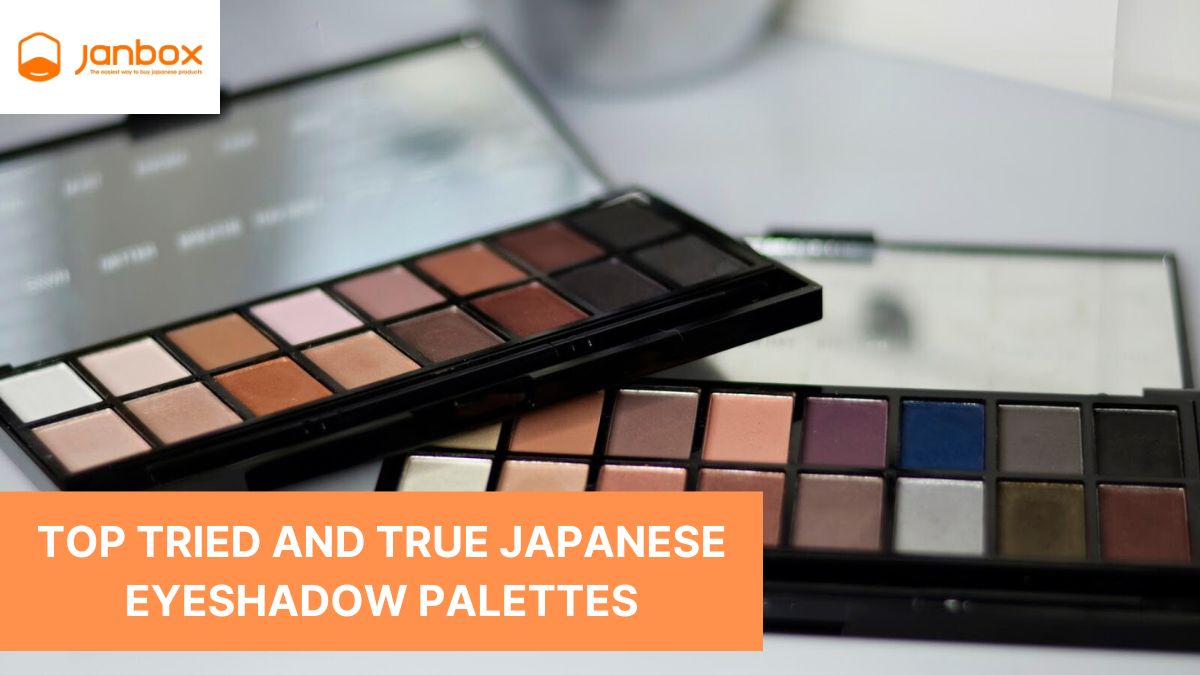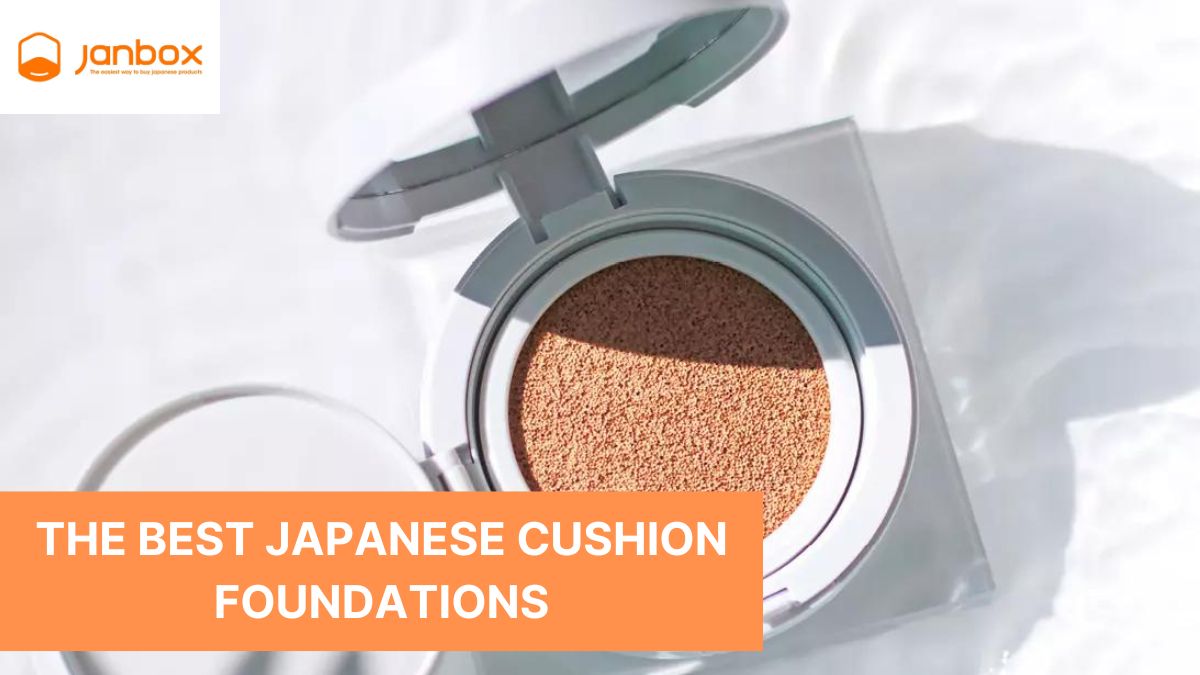Japanese board games aren’t exactly associated with Japanese culture, at least not in the minds of outsiders. It is still a popular technique for Japanese people to unwind and rest today. The top 10+ most popular Japanese board games below will help you discover more about Japanese games.
I. Top 10 Japanese board games
1. Sugoroku
Sugoroku is one of the common board games in Japan that has become a New Year’s Day tradition for children. Sugoroku game is a dice-based simulation game similar to snake and ladder in which a player rolls the dice and moves the equivalent amount of tiles based on the number on the die. Originally, it was not a game for children, but rather for adults, and the game’s nature was dependent on chance.

Sugo-Roku [双 – 六] literally translates to “the pair [双] out of six,[ 六]” probably alluding to the two dice used in the game (also spelled “雙六”). Sugoroku boards have been designed with a variety of themes, including fiction, politics, cinema, religion, and even pornographic themes. Sugoroku board game in modern times includes manga and anime themes, such as the one based on Yowamushi Pedal.
2. Gomoku
Gomoku game, commonly known as Five in a Row, is a strategic board game with an abstract theme. It is traditionally played on a Go board using Go pieces (black and white stones). It is now played on a 15×15 board when formerly it was played on a 1919 board. Gomoku can also be played as a paper-and-pencil game because the pieces are rarely moved or taken from the board. The game is known by several names in various nations.
For fairness, the Gomoku board game is played according to Swap2 regulations in current international events. The player who goes first chooses the first three pieces to place on the board at his or her discretion, while the player who goes second chooses:
- If you agree with the position, the next player can proceed as usual from the fourth move.
- If you don’t like the position, the player on the back can switch sides or place the following two pieces (creating a new position) for the front player to choose a color (the first piece is always black), and the game will proceed as usual from there.
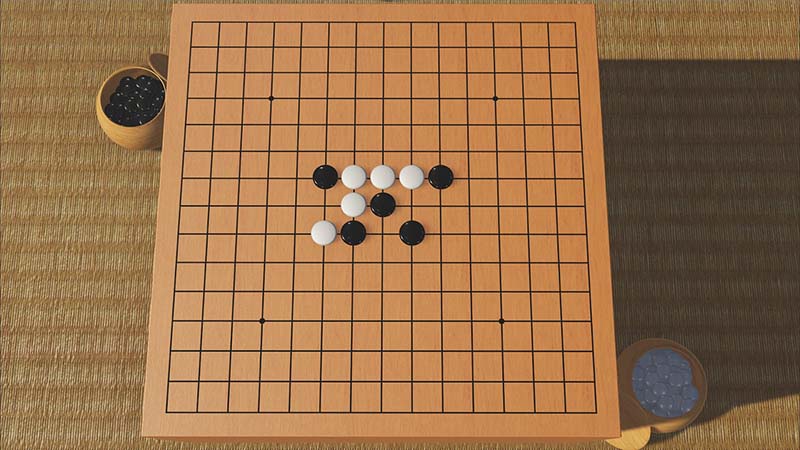
According to standard Gomoku rules, a row of more than 5 consecutive cards of the same color (overline) is not considered won; instead, the game continues until one side has exactly 5 cards in a row, or if no one satisfies that criteria, the game ends in a draw. The Free Gomoku variety just requires 5 or more cards in a row; unlike the Standard rule, it is not required to be exactly 5 cards. The regulations of the game in international competition are based on the form: whoever eats 5 out of 9 games first wins.
3. Machi koro
Masao Suganuma’s tabletop city-building game Machi Koro (literally Dice Town) was designed by Masao Suganuma and illustrated by Noboru Hotta and released in 2012 by Grounding, Inc. Players roll dice to gain coins, which they use to construct their city, with the goal of being the first to fulfill a number of in-game monuments to win the game.
Machi Koro has been released in eleven languages, with IDW Games and Pandasaurus Games publishing the American version. Machi Koro won a lot of prizes when it first came out, and there have been two big expansions since then. Machi Koro Bright Lights, Big City, a solo game based on the same ideas, was released in 2016, and a legacy variant was released in 2019.
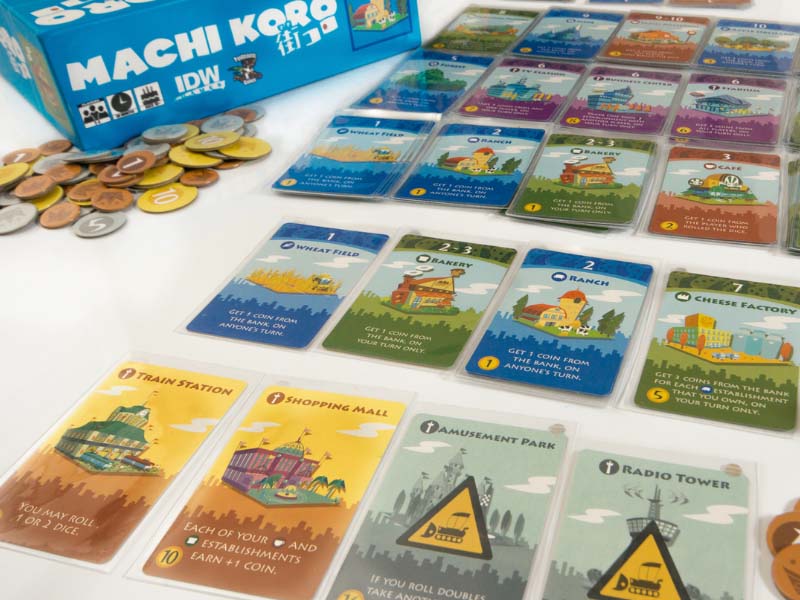
How to play Machi Koro? Players take on the role of mayors of small towns, and they are entrusted with constructing their cities in order to be the first to finish four significant landmarks. Players roll one or two dice on their turn, collecting coins when establishments are activated (when the dice roll matches the card’s activation number and the turn is appropriate for the card color).
Each player’s turn is divided into three phases: dice rolling, income collection (from activated cards), and construction (which includes other income-producing establishments and landmark cards).
There are five different kinds of establishment cards, each with its own color and personality:
- Landmarks: Each player starts with four incomplete landmarks (the Harbor Expansion adds two more) that they improve throughout the course of the game. The player who completes all of their landmarks first wins.
- Primary Industry (Blue): These cards depict resource-producing industries including farms, mines, and ranches. Every time the card’s activation number is rolled, the player receives coins.
- Secondary Industry (Green): These cards depict stores, factories, and other such businesses. They reward the player with coins once the card’s activation number is rolled.
- Restaurants (Red): These cards depict a variety of restaurants and comparable businesses. Any other player who rolls the card’s activation number earns money for the player.
- Major Establishments (Purple): These cards symbolize major corporations and add to the game’s strategic element. When a player rolls the card’s activation number, they earn coins from other players (or activate another effect).
>>> Read more: Guide to Shadow Hunters Board Game for Newbies
4. Renju
Renju (連珠) is a professional gomoku variant. On December 6, 1899, Japanese journalist Ruikou Kuroiwa (黒岩涙香) named it Renju in the Japanese newspaper Yorozu Chouhou (萬朝報). The term “Renju” is derived from the Japanese language and means “connected pearls.” On a 15×15 gridded go board, the game is played using black and white stones. The Renju rule in Gomoku undermines the advantages of the first player (Black) by imposing additional constraints on him.
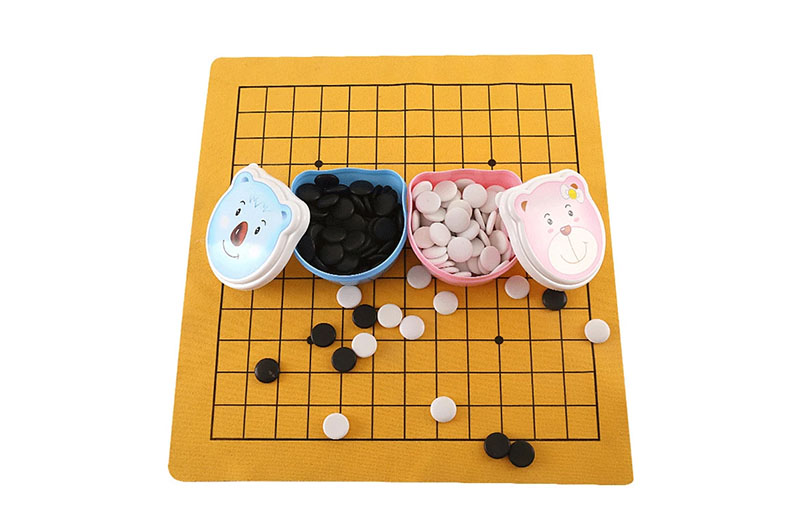
Renju, unlike Gomoku, features a distinct set of opening movements known as an “opening rule.” There are a number of established opening rules. The Renju International Federation (RIF) approved a set of prerequisites for new opening rules in 2003.
5. Igo
Go, often known as Igo, is a two-player abstract strategy board game in which the goal is to encircle more territory than the opponent. The game is claimed to be the world’s oldest board game still in use, having been invented more than 2,500 years ago in China.
The game’s pieces are known as stones. The white stones are used by one player, while the black stones are used by the other. The players take turns placing the stones on the empty intersections on the board (points). Stones cannot be moved once they have been placed on the board; nevertheless, if a stone (or set of stones) is encircled by opposing stones in all orthogonally adjacent locations, the stone or group is seized.
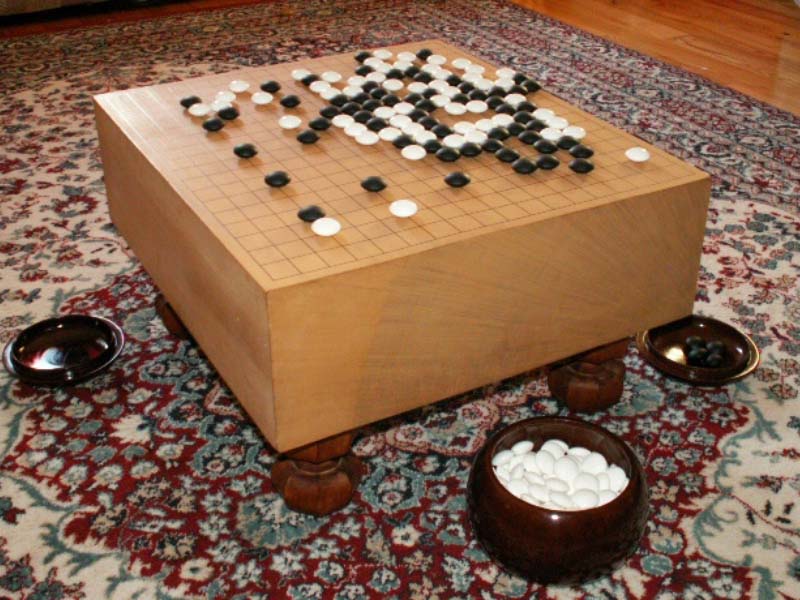
The game will continue until neither player wants to make a new move. The winner of a game is determined by tallying each player’s surrounded territory, as well as seized stones and komi (points added to the score of the player with the white stones as compensation for playing second). Resignation can also be used to end a game.
6. Shogi
Shogi, which means ‘Champion’ or ‘Chess,’ is a traditional Japanese chess game. It is a game of strategy, patience, and plans. This Japanese board game is similar to chess in that each player starts with 20 pieces on their side of the board. The players will take turns making a move on the board one piece at a time. Each piece has a unique name and maneuver that they are permitted to perform. Once the opposing player’s King is captured, the game is over. This is where the resemblances stop.

You can capture an opponent’s pieces and resurrect them on your side of the board in Shogi. They can also be promoted if they reach the rear third of the board. When a piece is promoted, it is flipped over to expose a new character underneath and thus becomes a completely new component. It’s without a doubt one of the most popular Japanese board games!
7. Sudoku
Sudoku is a number-arrangement problem with a logical foundation. Traditional Sudoku’s goal is to fill a 9-by-9 grid with digits so that each column, row, and each of the grid’s nine 3-by-3 subgrids (also known as “boxes,” “blocks,” or “regions”) has all digits from 1 to 9. For a well-posed puzzle, the puzzle setter provides a partially finished grid with a single solution.
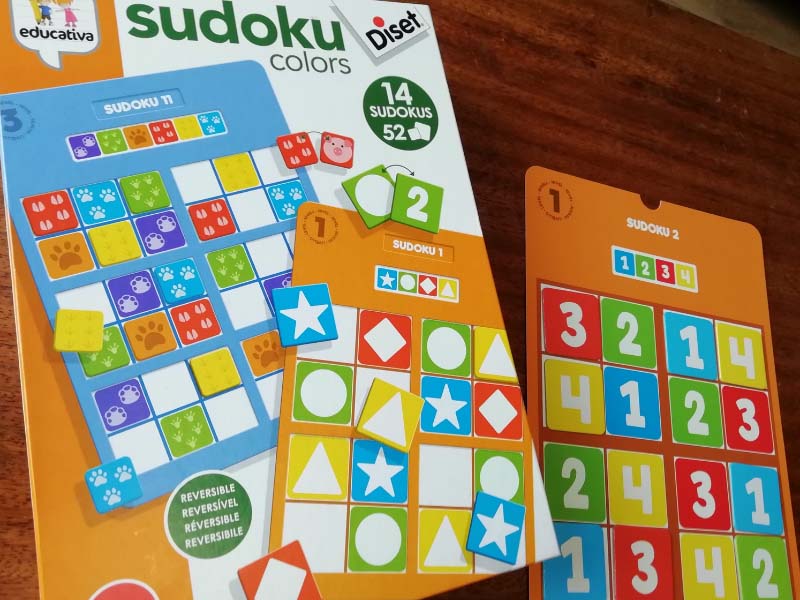
In the 19th century, French newspapers published Sudoku puzzles, and the puzzle has been published in puzzle books under the name Number Place since 1979. The current Sudoku, on the other hand, did not become widely popular until 1986, when Nikoli, a Japanese puzzle producer, launched it under the name Sudoku, which means “single number.”
Thanks to the work of Wayne Gould, who designed a computer program to swiftly produce unique puzzles, it first appeared in a U.S. newspaper and later The Times (London) in 2004.
>>> Read more: Buy Games From Japan | Import The Desired Ones!
8. Karuta
Karuta is a European-style Japanese card game. There are three major varieties of Karuta: Uta Garuta, Iroha Karuta, and Hanafuda. Karuta has become a Japanese custom with various variations. In terms of shape, Karuta cards are normally rectangular and the size of a palm, and they are constructed of a variety of materials. On the Karuta card, we will see photos of 100 prominent Japanese poets, as well as writing and imagery.
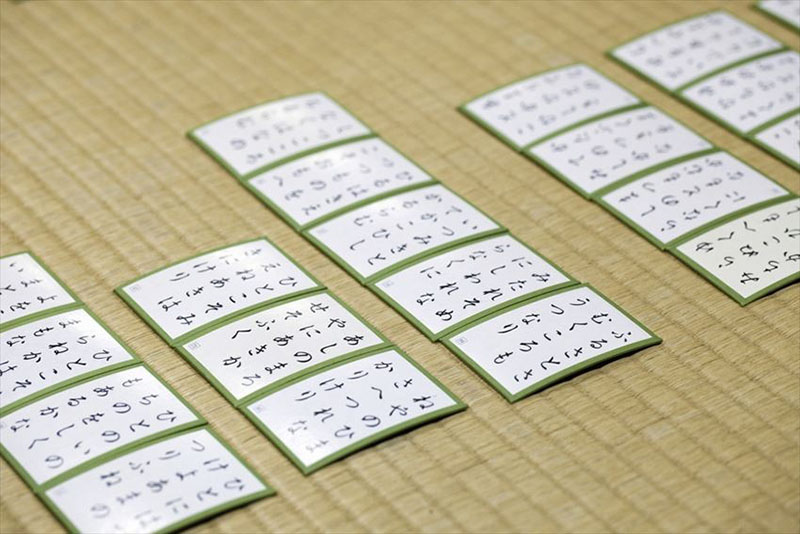
The reader is responsible for one set of cards, known as Yomi-fuda. Another pair, known as the tori-fuda, are strewn about on a flat surface. The object of the game is to pay attention to the reader when he or she draws a card from the Yomi-fuda pile and reads it aloud. The remaining players must then search the tori-fuda pile for the corresponding card and be the first to slap it.
9. Jinsei
The Japanese Jinsei game was inspired by the popular American board game “Game of Life,” in which players take turns spinning a wheel and following its directions across the board. Like its predecessor, there are good and bad tiles to land on, some of which will make you wealthy and others of which will leave you bankrupt. The Jinsei game is unique in that it has a tale behind the board; you begin as a toddler and work your way through life!
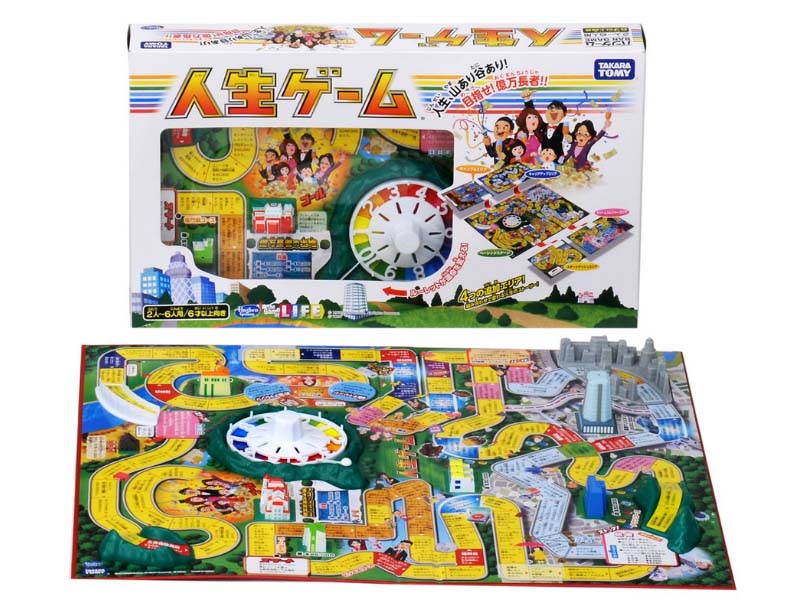
The goal of the game is to come out on top with the most money. Variations of the Jinsei game have evolved over time, with the themes and descriptions of the tiles growing more dramatic and bizarre while still being a lot of fun. Catching a cold and paying 3,000, or discovering an oil well and earning 80,000, are two examples. This colorful multiplayer board game is an excellent choice for families and groups of friends.
10. Japanese Mahjong
A variation of mahjong is Japanese mahjong, often known as riichi mahjong. While the game’s essential rules remain the same, the variation includes new rules such as Riichi and the use of Dora. The style is one of a few in which discarded tiles are arranged rather than thrown away in a jumble. This is because of the Furiten rule, which takes into consideration player discards. Because of anime, manga, and online platforms, the variation has gained in popularity.

Despite its resemblance to a single-player computer memory game, mahjong is a tile-based game that is structurally comparable to the card game rummy. The purpose is to make sets by drawing and discarding tiles, with the end goal being to match all 14 of your tiles into sets. The sets could be a matching three, four, or three in a row, with a conventional winning hand consisting of four sets and a single pair – though there are a few unusual winning hands that stand out.
11. Hyakunin-Isshu
It’s similar to Karuta. The reading card has ancient renowned poetry inscribed on it. Because there are 100 poems written by 100 different poets, Hyakunin signifies “100 people.” The most renowned Hyakunin-isshu is Ogura Hyakunin-isshu, whose poetry was chosen by Sadaie Fujiwara in the 13th century and has since descended as an introduction to Tanka (a Japanese poem that consists of 31 letters).
When woodblock printing technology advanced throughout the Edo period (17-19th century), the Karuta was created with beautiful portraits of poets and gained popularity among common people. The poetry and portrait of the poet are beautiful on the reading card, however, the card on the floor only has the second half of the poem and no photos, in contrast to the other Karuta.
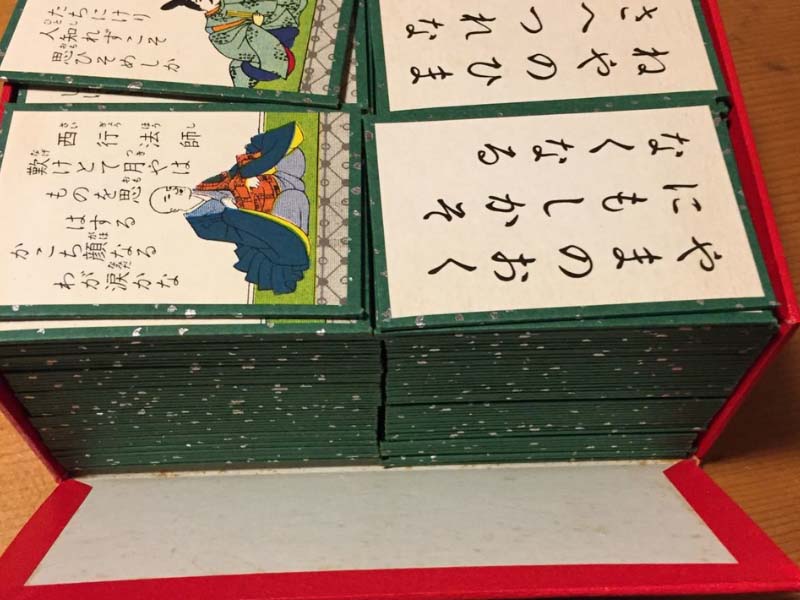
II. Conclusion
Japanese board games are well worth the money and time it takes to learn them. While comprehending the rules may take a little longer, the game’s subtleties, as one would expect from a Japanese game, make it a lot more fun than you might imagine!
Website: https://janbox.com
Email: [email protected]

